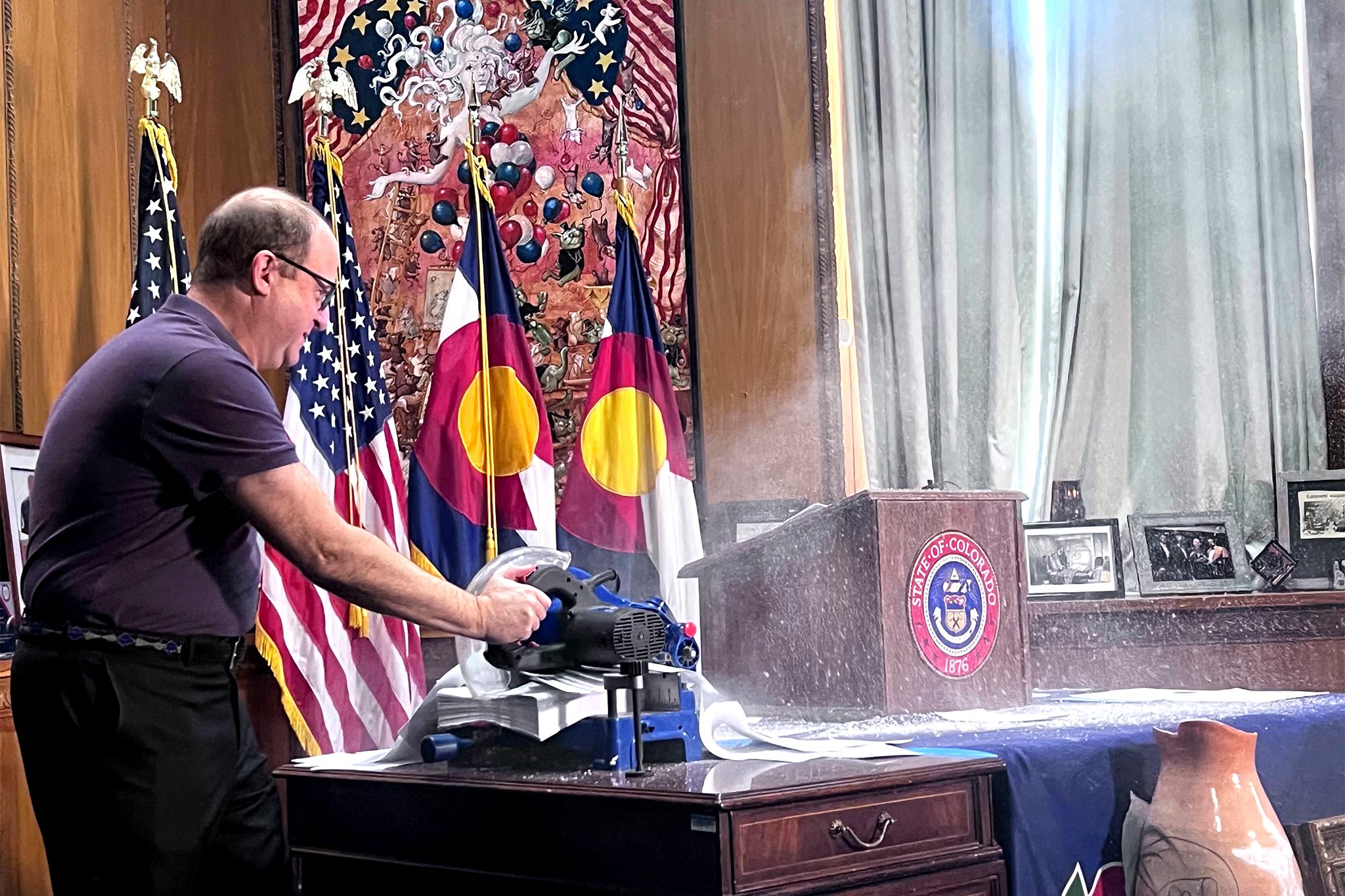

Sharpen your pencils, charge up your computers and clear off your desk: November is National Novel Writing Month. Otherwise known to eager scribes across America as NaNoWriMo, a clever web-based arts nonprofit enterprise operating on the belief that within everyone lies at least one great story waiting to be written. And in typical American fashion, why not bang it out in a month? The web site (nanowrimo.org) offers word count gauges, opportunities to compare notes with other writers racing toward the finish line, and plenty of inspiration like this observation by author Neil Gaiman:
“Everybody has a secret world inside of them. All of the people of the world, I mean everybody. No matter how dull and boring they are on the outside, inside them they’ve all got unimaginable, magnificent, wonderful, stupid, amazing worlds. Not just one world. Hundreds of them. Thousands maybe.”
It strikes me as a commendable way to pass a month, and a good way to kickstart a daily writing habit. But page output and literary output are not necessarily the same thing. In a culture that values quick turnover and repeat performance, it’s worthwhile to consider the example of novelist Donna Tartt whose third novel, The Goldfinch, was released this week.
Tartt burst upon the literary scene in 1992 with the publication of her first novel, The Secret History, a huge bestseller ultimately published in 23 languages. Set on a New England college campus that resembled her alma mater, Bennington in Vermont, Tartt’s psychological thriller explored the motive and method behind the murder of a fellow student by a tribe of his friends, all disciples of the classics.
Critics resoundingly loved it, then got cranky when they had to wait ten years for her next book. Writer Ted Gioia lamented:
“The only disappointing aspect of The Secret History is what happened in its aftermath. Despite the critical acclaim and commercial success of this brilliant debut, released when the author was 28 … Tartt only published one book during her thirties, and by the time we see her third novel she will be in her late 40s.
“With such meager output, this writer has fallen out of the literary limelight — a fickle source of splendor under the best of circumstances.”
Exactly why that is such a disappointment is unclear to me. Why shouldn’t it take ten years to write a great book? Would it be preferable to crank out some mediocre ones in between? Tartt’s second novel, The Little Friend, turned out to be more than worth the wait. A southern gothic featuring a 12-year old heroine determined to solve the mystery of her brother’s death, the novel evoked Huckleberry Finn and Scout Finch, Harry Houdini and Robert Louis Stevenson; it sweltered in Mississippi heat and lore. It received the W. H. Smith Literary Prize for Fiction and was short-listed for The Orange Prize in 2003.
Tartt’s legend was briefly resurrected in the early 2000’s when she emerged to promote the book both in the U.S. and abroad, a task she barely tolerated, then she disappeared for another decade and let her next novel simmer. The Goldfinch arrived on my doorstep on Tuesday, and less than 24 hours later I’d devoured the first 200 of its 771 pages. So far, it’s a full-blown banquet, replete with a terrorist bombing, an art theft, a young protagonist ripped from his mother’s arms and a brilliant cast of secondary characters. The rich details of the first section could only have come from years walking the streets of New York and the heightened realism of the second section, set in Las Vegas, from a first-rate imaginative intelligence. The author’s lifetime of deep reading seeps through in every line.
When The Little Friend was published, Tartt had this to say to NPR host Lynn Neary about her deliberate process:
“[A] novel does acquire a certain kind of richness when you work on it for a long time that can’t really be faked. You’re building layer upon layer; it’s like a Chinese lacquer box. … all your experience just kind of accumulates, and the novel takes [on] a richness of its own simply because it has the weight of all those years that one’s put into it.”
That should be encouraging to all writers — from young novelists gearing up for NaNoWriMo to those whose novels have languished in a desk drawer for a decade. All those secret worlds, all those rich years of living add up to something beyond productivity and output: the hard work of creation, the long process of giving birth and being born, again and again, way into the middle distance.
Kathryn Eastburn is the author of A Sacred Feast: Reflections of Sacred Harp Singing and Dinner on the Ground, and Simon Says: A True Story of Boys, Guns and Murder in the Rocky Mountain West. You can comment and read or listen to this column again at The Big Something at KRCC.org. “The Middle Distance” is published every Friday on The Big Something and airs each Saturday at 1 p.m. right after This American Life.







